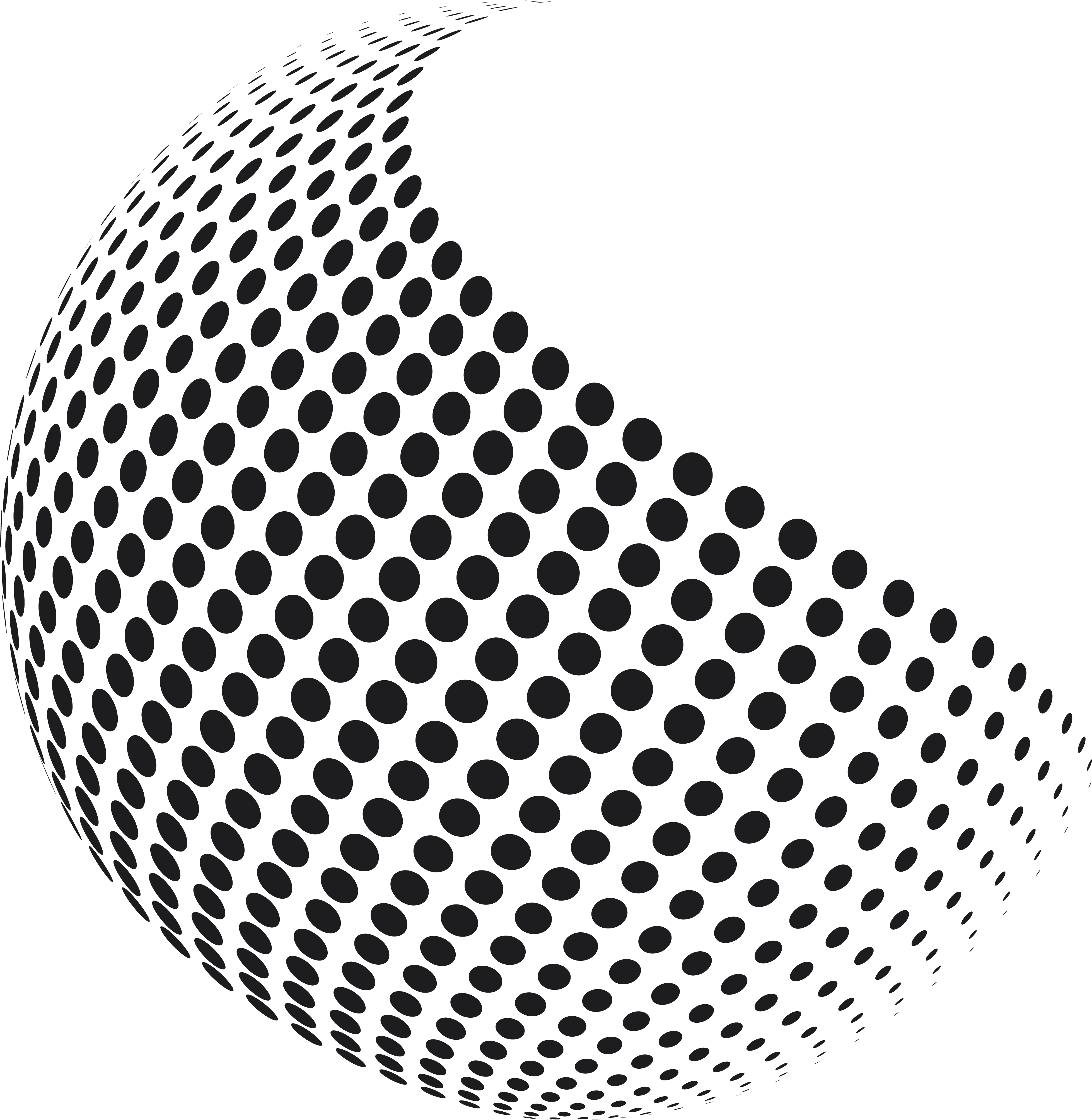In recent years, there has been a growing awareness of the fashion industry's environmental impact. Consumers and industry leaders alike are seeking sustainable alternatives to conventional fabrics. This shift towards eco-friendly choices has given rise to a world of sustainable textiles that minimize harm to the planet and offer unique and innovative solutions for fashion. This blog post will explore some of the top sustainable fabric options available today.

Organic Cotton
Organic cotton is cultivated without synthetic fertilizers or harmful pesticides. It promotes biodiversity and reduces water consumption, making it an excellent sustainable choice. It is versatile, breathable, and widely used in various clothing, from t-shirts to denim.
Hemp
Hemp is a highly sustainable fabric requiring minimal water and no pesticides. It is a robust and durable material that can create a wide range of garments, including dresses, jackets, and accessories. Hemp is known for its excellent breathability and ability to absorb moisture, keeping you cool and comfortable.
Recycled Polyester
Recycled polyester is made from post-consumer plastic bottles or other recycled materials. By diverting waste from landfills, it helps reduce pollution and conserve resources. This fabric has gained popularity due to its durability, moisture-wicking properties, and versatility. It can be transformed into activewear, swimwear, and even high-fashion garments.
Tencel (Lyocell)
Tencel, or Lyocell, is derived from sustainably harvested wood pulp, usually from eucalyptus trees. The production process is energy-efficient and involves a closed-loop system where solvents are recycled. Tencel is known for its softness, breathability, and moisture absorption, making it ideal for creating comfortable and elegant clothing items.
Bamboo
Bamboo fabric is produced from the fast-growing bamboo plant, which requires no pesticides or fertilizers. Its exceptional softness, breathability, and antimicrobial properties have gained popularity. Bamboo fabric can be used in various garments, including underwear, activewear, and loungewear.
Linen
Linen is derived from the flax plant and is one of the oldest sustainable fabrics. It requires minimal water and pesticides to grow, making it highly eco-friendly. Linen is known for its excellent breathability, durability, and natural texture. It is commonly used in shirts, dresses, and summer apparel.
Conclusion
As the demand for sustainable fashion continues to rise, the availability of eco-friendly fabric choices has expanded. From organic cotton and hemp to recycled polyester and Tencel, each sustainable fabric offers unique benefits while reducing environmental impact. By choosing these materials, fashion brands and consumers can make a positive difference in the industry and contribute to a more sustainable future. Let's embrace the world of sustainable fabrics and create a greener, more ethical fashion industry.
(Note: This blog post overviews sustainable fabric options and does not cover all available choices. Additional research and exploration are encouraged to discover even more eco-friendly materials for fashion.)

Comments